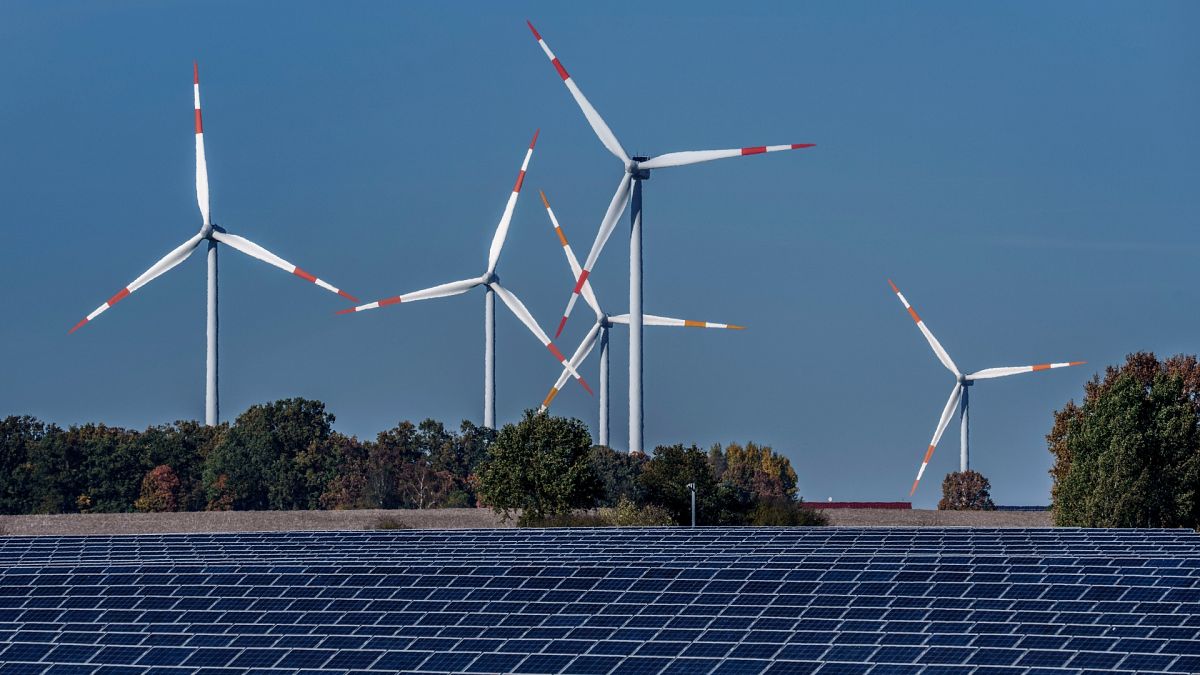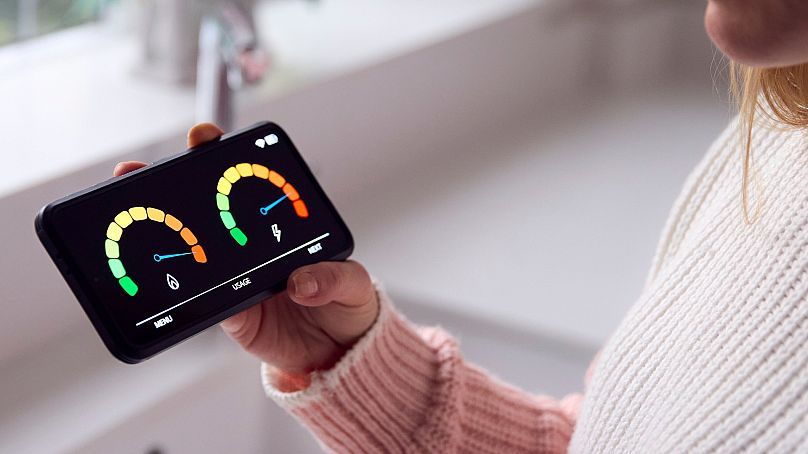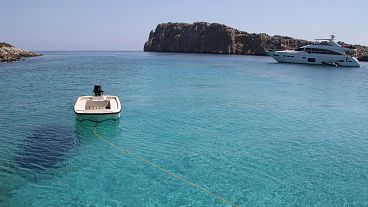Researchers found that “systematic progress” has been made across the EU with differences between individual countries “clearly decreasing”.
Some EU countries are hitting UN sustainable energy targets for 2030 a decade early, according to new research.
The United Nations developed 17 global Sustainable Development Goals to be achieved by 2030 in 2015. The UN’s seventh sustainable development goal (SDG 7) calls for “affordable, reliable, sustainable and modern energy for all” by the end of this decade.
The main principles of this goal include universal access to affordable energy, increased renewable energy in developing countries, and advanced clean energy research. Seven key indicators are used to measure countries’ progress towards the overall target.
A study by Polish economists has measured the progress of the EU’s 27 member states towards these sustainability goals between 2010 and 2021. The data used came from Eurostat, the EU’s statistics office, and included Croatia but excluded the UK.
Researchers found that “systematic progress” has been made across the EU with differences between individual countries “clearly decreasing”.
Which EU countries have made the most progress on energy?
Sweden came closest overall to achieving SDG 7 goals, followed by Denmark, Estonia and Austria. Bulgaria was the EU country found to be the furthest from achieving the goals.
In 2021, several countries had already reached 2030 targets for one or more of the key indicators for these targets.
Sweden, Finland and Latvia, for example, surpassed a 40 per cent share of renewables in their total energy consumption which the researchers attribute to hydropower and biofuels. Spain, Portugal and Malta hit targets for average household energy consumption per person.
Other countries saw major improvements during the time the study covers. Malta was the country that saw the most improvement since 2010 when it was the furthest from the 2030 targets. Latvia jumped the highest number of places in the rankings moving from 19th to 8th.
And there were some unexpected results too. Belgium ranked below Poland, a country with a reputation for lagging behind on climate action, in its progress towards the targets.
Denmark, despite being the second closest to meeting the SDG 7 goals, has made the least progress since 2010.
How did the COVID-19 pandemic affect progress?
The study’s authors warn that there are still some major gaps across the bloc and note that the COVID-19 pandemic affected measurements of progress in countries from 2020 to 2021.
Though renewable energy made up a higher share of energy consumed in 2019-2021, overall energy consumption decreased, “which means that this change was temporary”.
Once energy use returns to pre-pandemic levels, the study says, the share of renewables will “most likely fall”. Overall COVID-19 led to a deterioration of performance in 16 countries.
For the EU to achieve these goals by 2030, researchers say all indicators need to be “continuously monitored and assessed” and there are some limitations to their work.
The European Commission has set target values for three of the seven metrics used to measure progress. But for the others, researchers had to use the level reached by the top 10 per cent of EU nations as a proxy.




